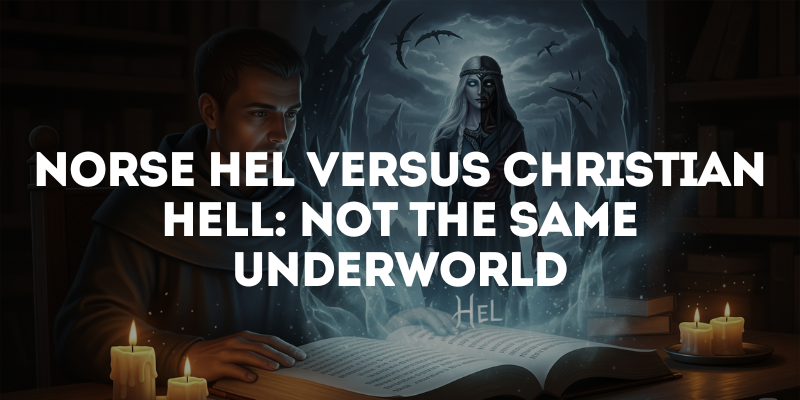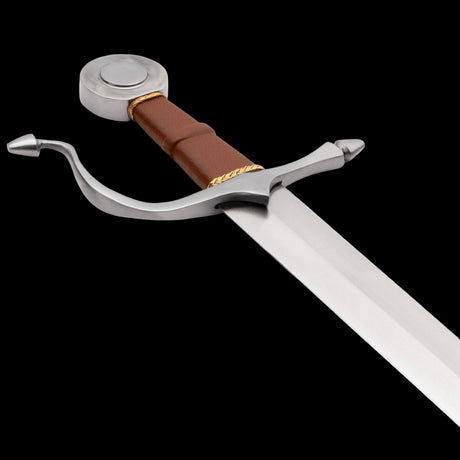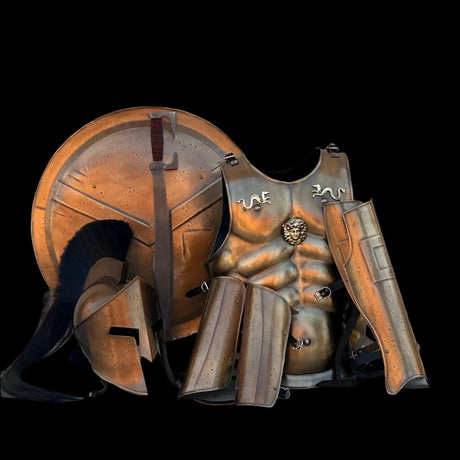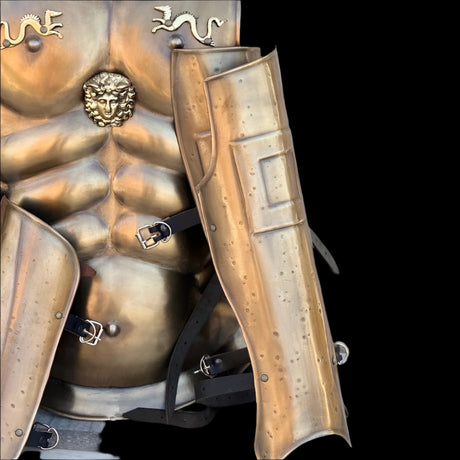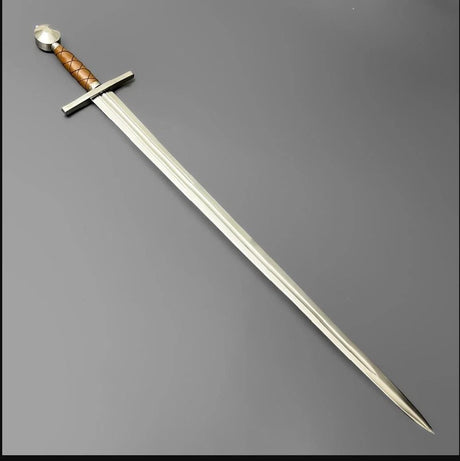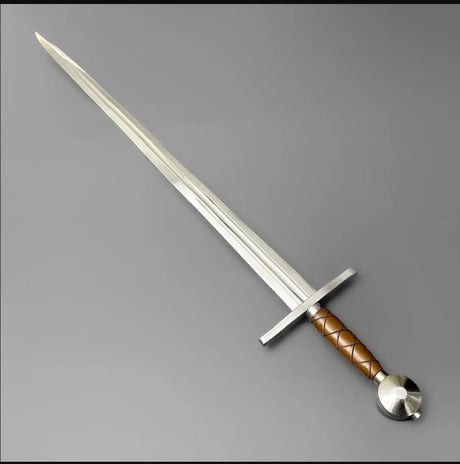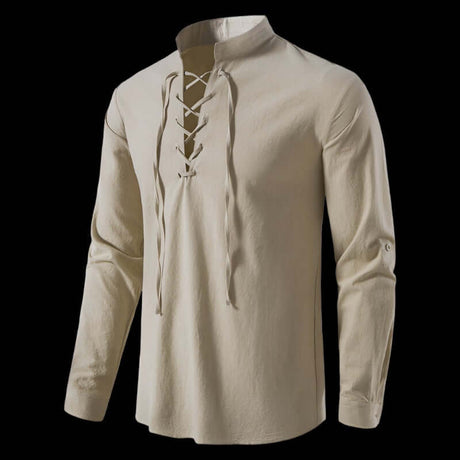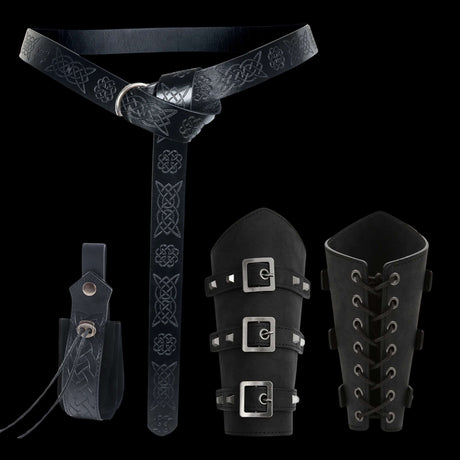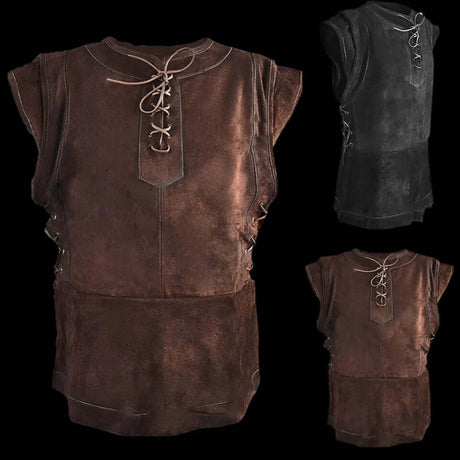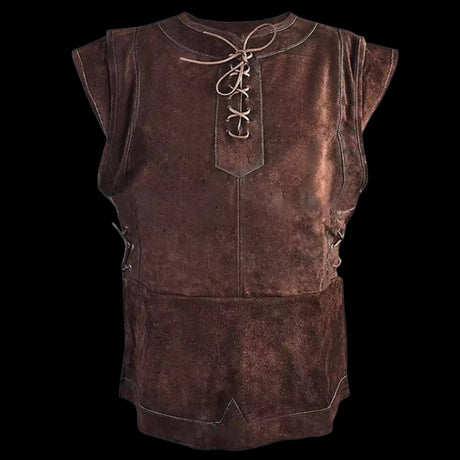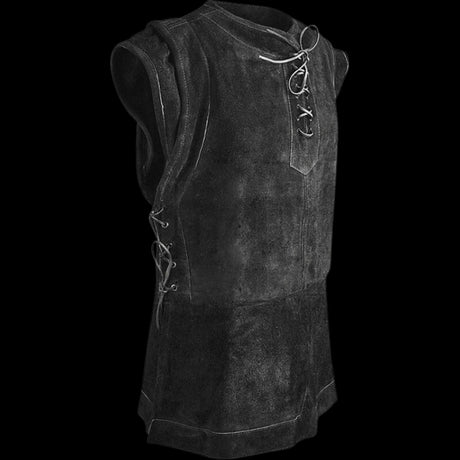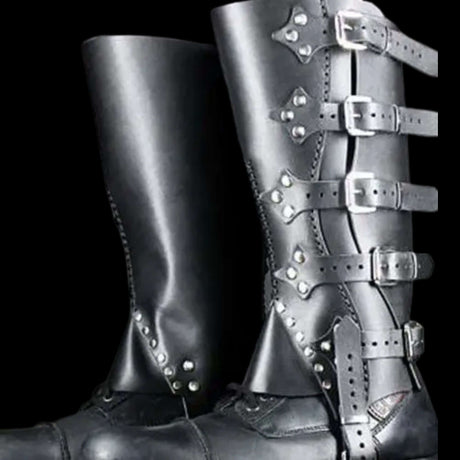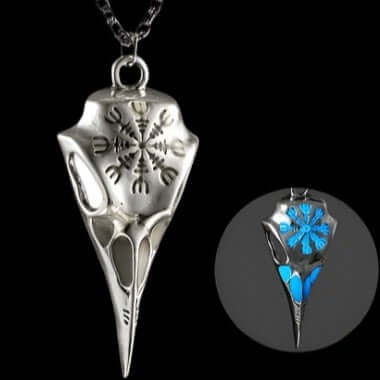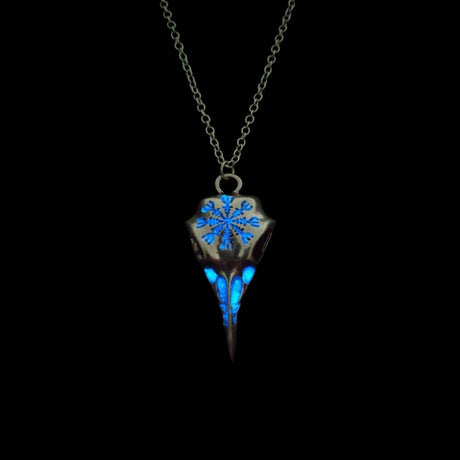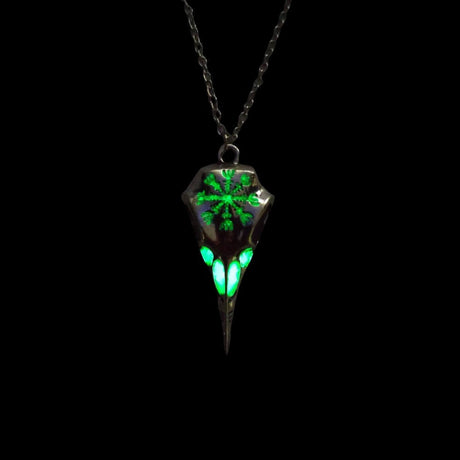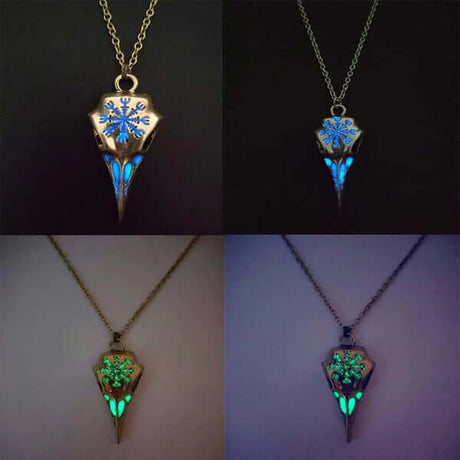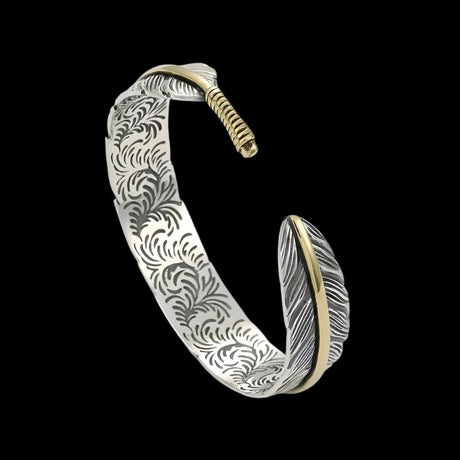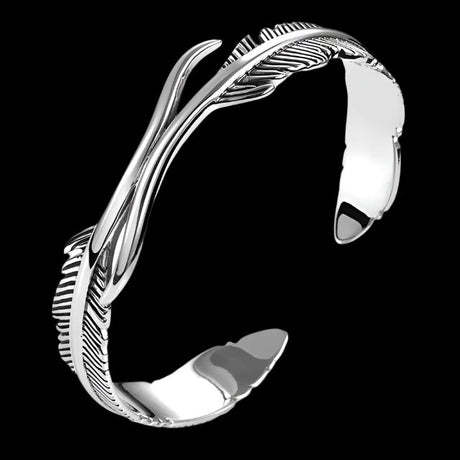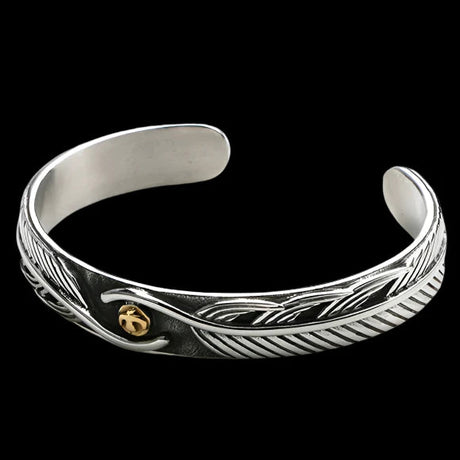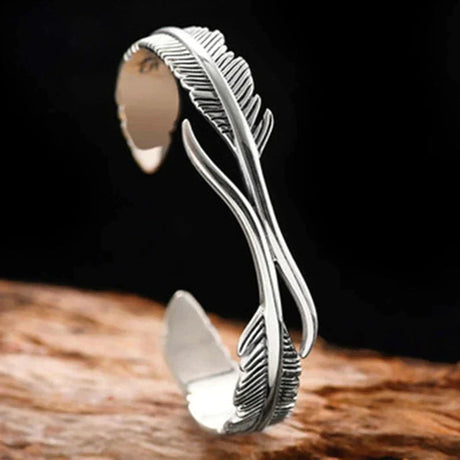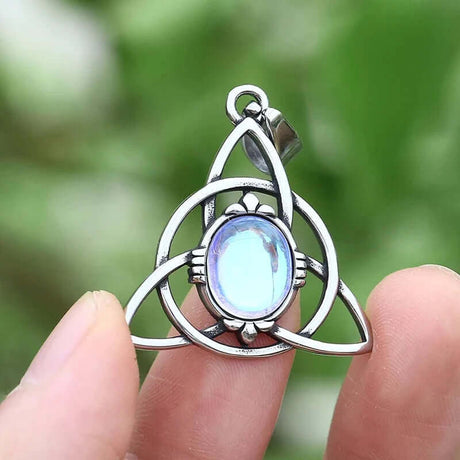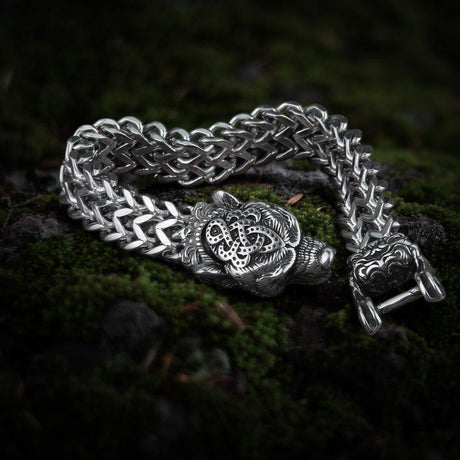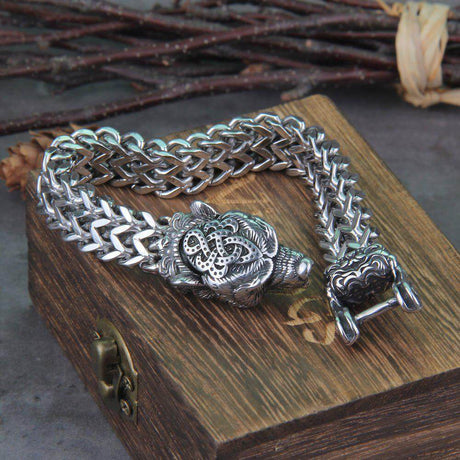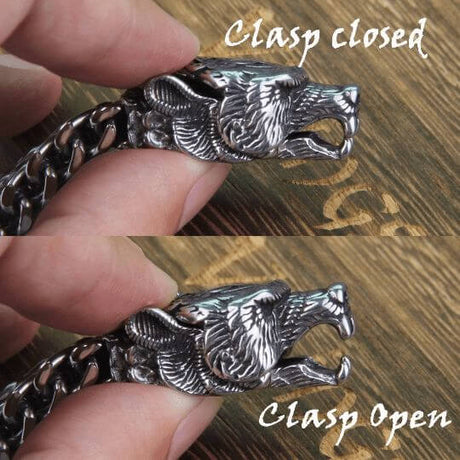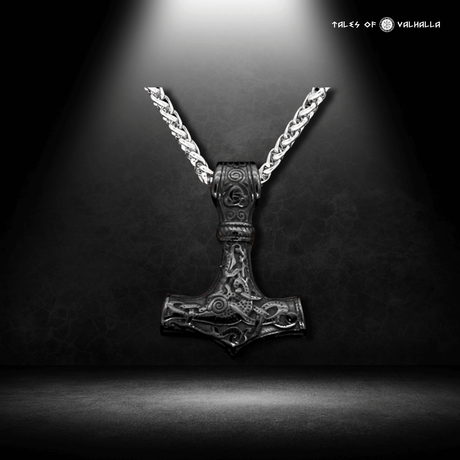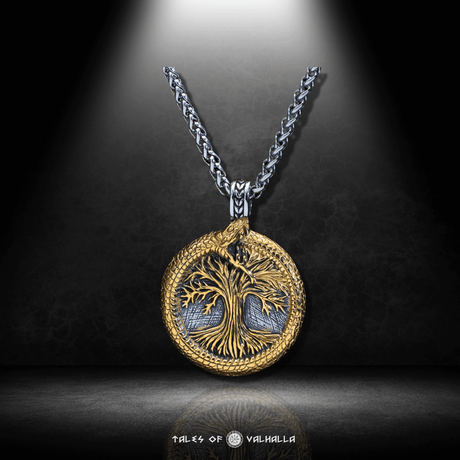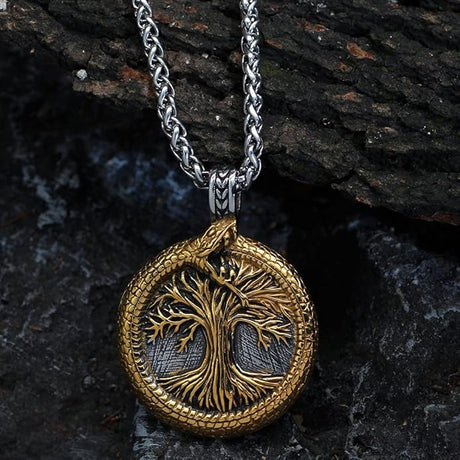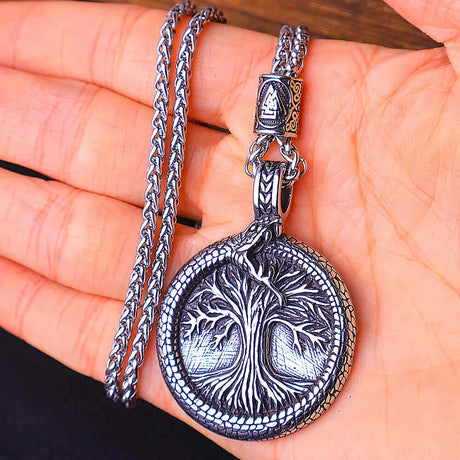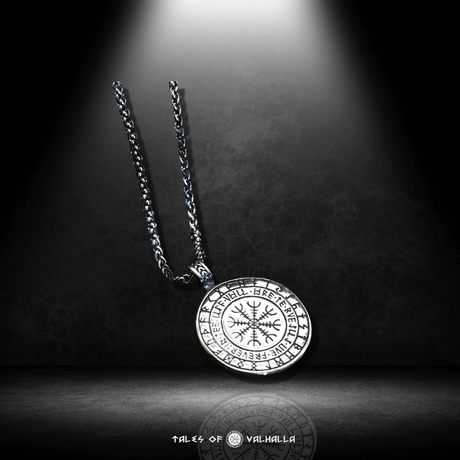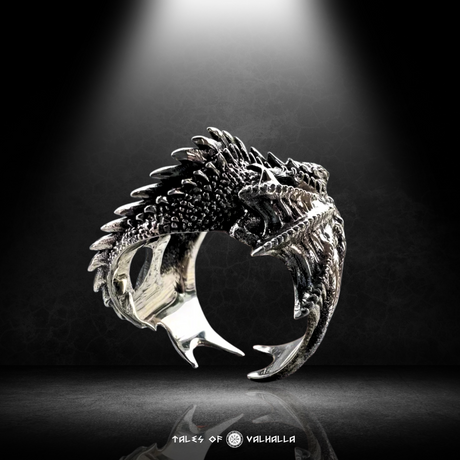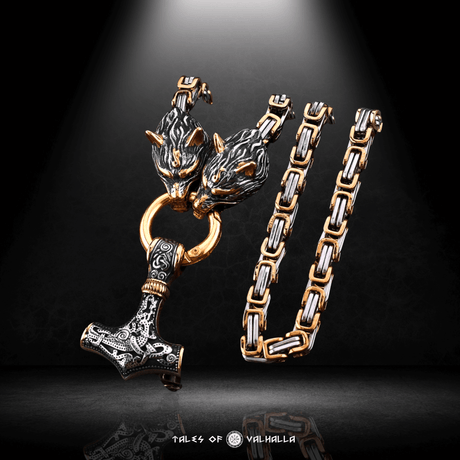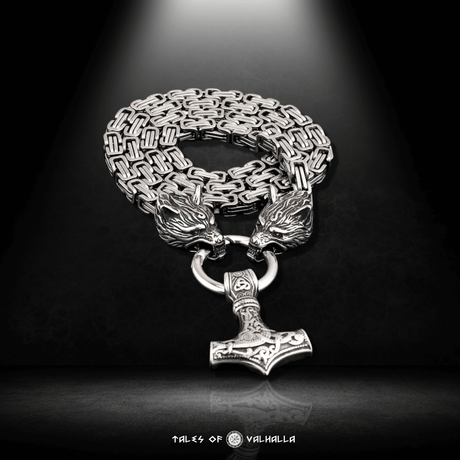The words sound deceptively similar. Hel and Hell. For many in the United States, raised with a background of Christian concepts, hearing about the Norse underworld immediately conjures images of fire, brimstone, and eternal damnation. It’s a natural assumption to think that the Vikings simply had their own version of Hell, ruled by a devil-like figure. But this common misconception couldn't be further from the truth. The profound difference in the concepts of Norse Hel versus Christian Hell reveals a fundamental divide in the worldviews of these two cultures.
To truly understand Viking culture, their values, and their motivations, we must unpack this difference. The journey to the afterlife was a central part of their belief system, and their vision of what lay beyond was vastly different from the one that would eventually supplant it. This deep dive will explore and contrast these two powerful concepts of the underworld. We will examine the purpose, inhabitants, rulers, and the very nature of each realm, clarifying once and for all the debate of Norse Hel versus Christian Hell.
Understanding Christian Hell: A Realm of Eternal Punishment
Before we can draw a comparison, we must first clearly define the concept of Christian Hell as it is traditionally understood in Western culture. It is a cornerstone of Christian eschatology (the theology of death, judgment, and the final destiny of the soul).

Understanding Christian Hell: A Realm of Eternal Punishment
The Theological Foundation: Sin and Divine Judgment
Christian Hell is fundamentally a place of moral retribution. Its existence is rooted in the concepts of:
- Sin: Actions, thoughts, or states of being that go against God's divine law.
- Divine Judgment: The belief that upon death, each soul will be judged by God based on their faith and their deeds in life.
- Justice and Punishment: Hell serves as the ultimate, eternal consequence for those who are judged to be unrepentant sinners or who have rejected God's salvation.
The entire premise of Christian Hell is built upon a moral and ethical framework where earthly choices have eternal consequences. This is a primary point of divergence when considering Norse Hel versus Christian Hell.
Who Goes to Christian Hell?
Entry into Hell is determined by one's moral and spiritual state, not by the circumstances of their death. According to most Christian doctrines, the inhabitants of Hell are:
- The unrepentant and unforgiven sinners.
- Those who have consciously rejected God's offer of grace and salvation.
- Fallen angels (demons), led by Satan.
It is a destination earned through a life of sin and a lack of faith.
The Nature of the Realm: Fire and Separation
Depictions of Hell in scripture, literature (like Dante's Inferno), and art have created a powerful and terrifying image. It is most often characterized by:
- Fire and Torment: Descriptions of a "lake of fire," "unquenchable fire," and eternal physical suffering are common.
- Separation from God: Theologically, the greatest punishment of Hell is the complete and eternal separation from the presence and love of God, a state of ultimate spiritual despair.
- Eternal and Inescapable: A key feature of Hell is its permanence. Once a soul is condemned to Hell, there is no escape and no end to the punishment.
The Ruler: Satan, the Adversary
The ruler of Hell is typically identified as Satan or Lucifer, a powerful angel who rebelled against God and was cast out of Heaven. He is not a neutral custodian but an active adversary of God and humanity, a tempter and a figure of pure evil.
Story Vignette 1: The Soul's Descent into Hell
Imagine a soul, heavy with a lifetime of unrepented greed and cruelty, facing its final judgment. It is cast down, away from the light, spiraling into an abyss of fire and shadow. The air is thick with the stench of sulfur and the sound of unending anguish. Here, there is no community, only an eternity of isolation in torment, a constant, burning reminder of the choices that led it to this place. This is a realm built on moral consequence, a stark contrast to be explored in the discussion of Norse Hel versus Christian Hell.
Understanding Norse Hel (Helheim): The Gloomy Abode of the Dead
Now, let's journey to the North and explore the very different concept of the Viking underworld. Hel (or Helheim) was one of the Nine Worlds in Norse cosmology, and its nature was fundamentally different from the Christian concept of Hell.
The Mythological Foundation: A Place for the Majority
Hel was, for the most part, simply the place where the dead went. It was not primarily a place of punishment.
- The Nine Worlds: Helheim was a realm situated deep within the cold, misty world of Niflheim, one of the Nine Worlds connected by the World Tree, Yggdrasil.
- The Continuation of Existence: For the Vikings, death was not necessarily an absolute end. Hel was a place where existence continued, albeit in a shadowy, less vibrant form.
Who Goes to Norse Hel?
This is the most critical difference in the Norse Hel versus Christian Hell comparison. Entry into Hel was determined by the manner of one's death, not by one's moral character or sins.
- The "Straw Death": The vast majority of people—men, women, and children—who died of sickness, old age, or accident (a "straw death," as opposed to dying on a battlefield) went to Hel. This included noble kings, honorable farmers, and skilled craftswomen. Being a good or bad person was not the deciding factor.
- The Warrior's Afterlife (Valhalla & Fólkvangr): The exception was for warriors who died gloriously in battle. Half of these chosen slain were taken by the Valkyries to Odin's great hall, Valhalla, to feast and prepare for Ragnarök. The other half went to the goddess Freyja's field, Fólkvangr.
The Nature of the Realm: Cold and Gloomy, Not Fiery
Forget the fire and brimstone. Helheim was depicted as a cold, dark, and misty place.
- A Bleak Landscape: The journey to Hel, down the road called Helvegr, was long and arduous. The realm itself is described as damp and cheerless, surrounded by the river Gjöll.
- A Continuation, Not Torture: Life in Hel was often portrayed as a shadowy continuation of earthly existence. The dead would eat, drink, and exist much as they had in life, but without the same joy or vibrancy. It was a gloomy, monotonous existence, but for most of its inhabitants, it was not a place of active, eternal torture.
- Náströnd (Corpse-Shore): There was, however, a specific place within or near Hel reserved for the worst of the worst. Náströnd was a hall with walls woven of living snakes, dripping venom onto the murderers, adulterers, and oath-breakers below. The existence of this place shows that the Norse did have a concept of post-mortem punishment for egregious sins, but it was a specific section of the underworld, not the entire realm itself. This nuance is vital to the Norse Hel versus Christian Hell debate.
The Ruler: The Goddess Hel, Custodian of the Dead
The ruler of this realm was the goddess Hel, a powerful and formidable figure.
- Daughter of Loki: Hel was the daughter of the trickster god Loki and the giantess Angrboða. Odin, fearing her power, cast her down to rule the underworld.
- A Neutral Ruler: Unlike Satan, Hel is not a figure of pure evil or an adversary of the gods (at least not until Ragnarök). She is the grim, implacable, and neutral custodian of the dead. Her job is to rule her realm and its inhabitants, a necessary and powerful role in the cosmic order. She is a queen, not a devil.
- Her Appearance: She is famously described as being half beautiful woman and half blue-black decaying corpse, symbolizing her dominion over the threshold between life and death.
Story Vignette 2: The Farmer's Journey to Hel
Old Bjorn, a farmer who had lived a long and honorable life, passed away peacefully in his bed, surrounded by his children and grandchildren. His spirit did not ascend to a fiery judgment but began a long, cold walk down the sloping path of Helvegr. The air grew damp, the light faded, and a deep silence settled. He crossed the roaring river Gjöll over a bridge gilded with gold and was met at the gates of Helheim by the hound Garmr. Inside the great hall, it was vast and misty. He saw the faces of his parents, his wife who had died years before, and friends from his youth. There was no torture, no fire, no screams of the damned. There was only a profound gloom, a world of shadows and memory, where they would feast on meager fare and wait for the end of time. This was his afterlife, a fate determined not by sin, but by a peaceful death. This starkly different experience is the essence of the Norse Hel versus Christian Hell distinction.
Head-to-Head: The Definitive Comparison of Norse Hel versus Christian Hell
The best way to understand the profound differences is to compare the two concepts side-by-side.
| Feature | Christian Hell | Norse Hel (Helheim) |
| Purpose | Eternal Punishment: A realm for moral retribution and the eternal punishment of sinners. | Abode of the Dead: Primarily a neutral resting place for the majority of souls. |
| Basis for Entry | Moral/Spiritual Judgment: Based on one's sins, faith, and repentance during life. | Manner of Death: Based on dying from sickness, old age, or accident (a "straw death"). |
| Description of Realm | Often depicted as a place of fire, brimstone, and active, eternal torment. | Described as a cold, dark, misty, and gloomy realm. A shadowy continuation of life. |
| Ruler | Satan/Lucifer: A fallen angel, the embodiment of evil and an adversary to God. | The Goddess Hel: Daughter of Loki; a grim, powerful, and neutral custodian of the dead. |
| Is Escape Possible? | No. Condemnation to Hell is eternal and irreversible in most doctrines. | Generally no, but myths (like Hermod's attempt to retrieve Baldr) suggest it might be theoretically possible under extraordinary circumstances. |
| Moral Dimension | Central: The entire concept is built on a framework of good vs. evil and divine justice. | Secondary: Morality is a factor for the very worst offenders (in Náströnd), but not for entry into the main realm of Hel. |
| Fate of Inhabitants | Eternal suffering and separation from God. | A monotonous, shadowy existence, continuing life in a diminished form until Ragnarök. |
The Etymological Connection: How "Hel" Became "Hell"
If these concepts are so different, why do the names sound almost identical? The answer lies in the history of language and the process of Christianization.

The Etymological Connection: How "Hel" Became "Hell"
A Shared Germanic Root
Both the Old Norse word "Hel" and the modern English word "Hell" originate from the same Proto-Germanic root, *haljō, which meant "concealed place" or "the underworld." This shared linguistic ancestry is why the words are so similar in many Germanic languages (e.g., German Hölle, Dutch Hel).
Christianization and Semantic Shift: Pouring New Wine into Old Bottles
When Christian missionaries arrived in Anglo-Saxon England and later in Scandinavia, they faced the challenge of explaining complex Christian concepts to a pagan population.
- Using Familiar Terms: A common and effective strategy was to use existing, familiar words from the local language to describe new Christian ideas.
- Rebranding the Underworld: The Norse and other Germanic peoples already had a word for the underworld: Hel. It was a familiar, albeit gloomy, concept. The missionaries co-opted this word to describe their own concept of a punitive, fiery afterlife.
- Changing the Meaning: Over time, as Christianity took hold, the new, Christian meaning of "Hell" as a place of eternal damnation completely replaced the older, pagan meaning of "Hel" as a neutral abode of the dead. The word remained, but its definition was fundamentally and permanently altered. This linguistic evolution is the primary source of the modern confusion in the Norse Hel versus Christian Hell discussion.
Why the Distinction Matters Today
Understanding the difference between these two concepts is crucial for several reasons.
Appreciating Viking Culture Accurately
Misunderstanding Hel leads to a fundamental misinterpretation of Viking values.
- The Warrior's Death: The Viking desire for a glorious death in battle only makes sense when contrasted with the alternative: the gloomy but non-torturous realm of Hel. It was a choice between a heroic afterlife (Valhalla) and a mundane one, not a choice between Heaven and eternal torture.
- Moral Framework: The Viking moral code was based on honor, reputation, and loyalty, not a system of sin and salvation designed to avoid Hell. The concept of Norse Hel versus Christian Hell reflects two entirely different ethical systems.
Pop Culture Portrayals
Modern media often conflates the two concepts. The MCU's "Hela" is a prime example, where her name is taken from Norse myth, but her role as an ambitious conqueror and her fiery, demonic aesthetic draw more from Christian ideas of Hell than from the actual descriptions of Helheim. Recognizing the difference allows for a more critical and informed viewing experience.
Modern Paganism (Asatru/Heathenry)
For modern practitioners of reconstructed Norse paganism, the distinction is a vital part of their faith. Hel is a respected, powerful goddess and a natural part of the cosmic cycle, not a devil figure. The correct understanding of Norse Hel versus Christian Hell is foundational to their beliefs.
Conclusion: Two Worlds, One Word
The comparison of Norse Hel versus Christian Hell reveals a profound chasm between two distinct worldviews. Christian Hell is a realm of eternal punishment, a destination determined by moral choices made in life. Norse Hel is a cold and gloomy, but largely neutral, abode for the vast majority of the dead, a destination determined by the manner of one's death. It is a world of shadows, not of fire; ruled by a grim custodian, not a malevolent adversary.
The similarity in their names is a fascinating accident of linguistic history, a ghost of a shared Germanic root word that was repurposed during the Christianization of Northern Europe. By separating the two concepts, we can move beyond modern assumptions and gain a clearer, more authentic understanding of the complex and captivating spiritual landscape of the Viking Age. The truth of Norse Hel versus Christian Hell is that they are not the same underworld at all; they are reflections of two entirely different ways of understanding life, death, and what lies beyond.
4 FAQs
-
Q: What is the main difference between Norse Hel and Christian Hell? A: The fundamental difference is their purpose. Christian Hell is a realm of eternal punishment for sins committed in life, based on moral and spiritual judgment. In contrast, Norse Hel (Helheim) is primarily a neutral resting place for the dead. It's a gloomy continuation of existence, not a place of active torture for the vast majority of its inhabitants.
-
Q: How did someone end up in Norse Hel versus Christian Hell? A: Entry into Christian Hell is based on one's moral and spiritual choices (e.g., being an unrepentant sinner). Entry into Norse Hel was determined by the manner of one's death. Those who died of old age, sickness, or accident went to Hel, regardless of whether they were "good" or "bad." Only warriors who died gloriously in battle could go to Valhalla or Fólkvangr.
-
Q: Who ruled Norse Hel, and were they like Satan? A: Norse Hel was ruled by the goddess Hel, a powerful and grim daughter of Loki. Unlike Satan, who is a figure of pure evil and an adversary to God, Hel was a largely neutral custodian of the dead. Her role was to govern her realm as a necessary part of the cosmic order, not to tempt or actively torment souls.
-
Q: If they are so different, why do the words 'Hel' and 'Hell' sound the same? A: The words share a common linguistic root from an ancient Proto-Germanic word meaning "concealed place." When Christian missionaries came to Northern Europe, they used the familiar local word "Hel" to explain their new concept of a punitive underworld. Over time, the Christian definition of "Hell" permanently replaced the original Norse one in the English language, leading to the modern confusion.

